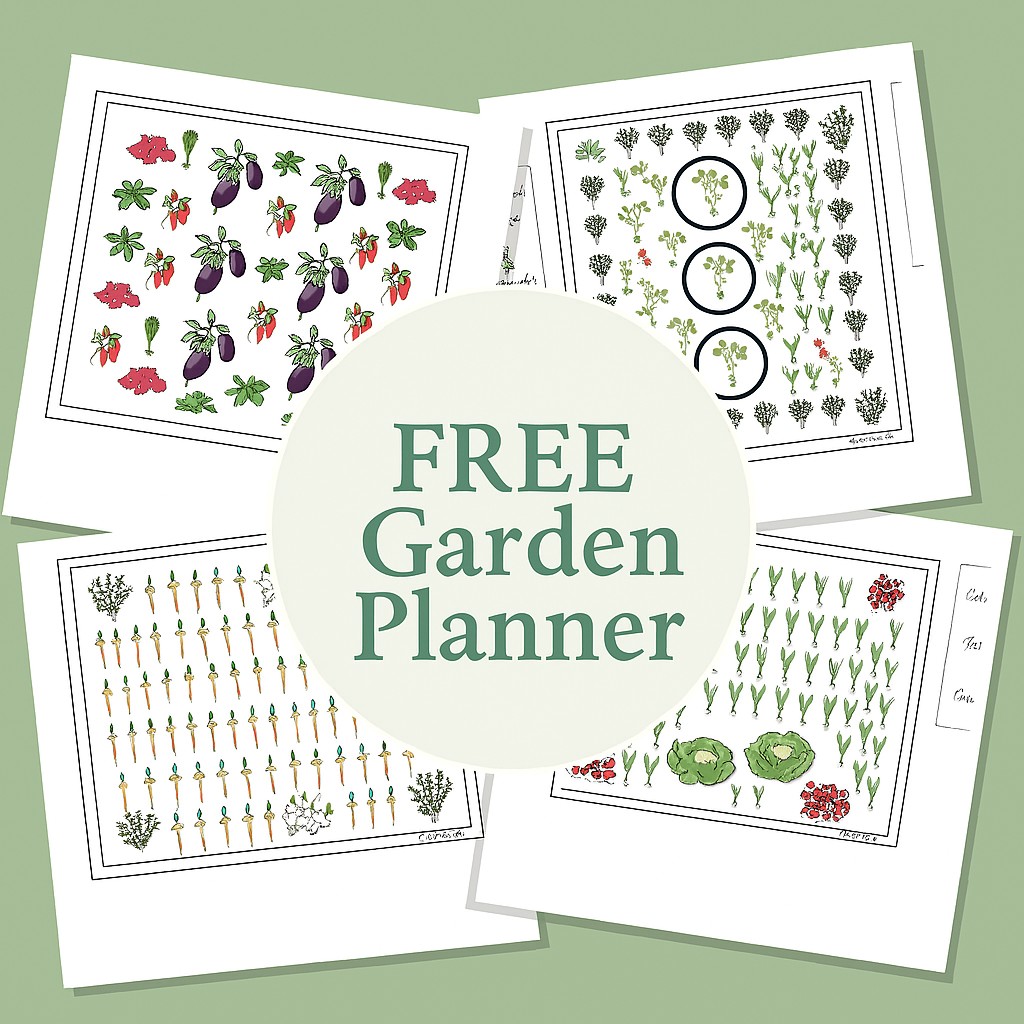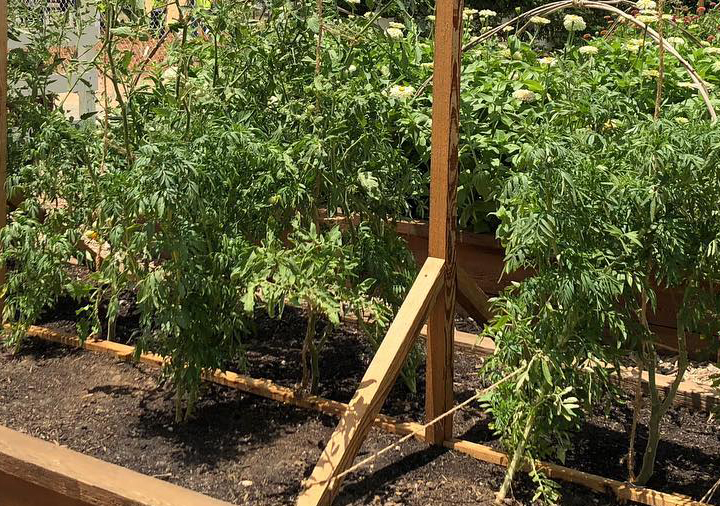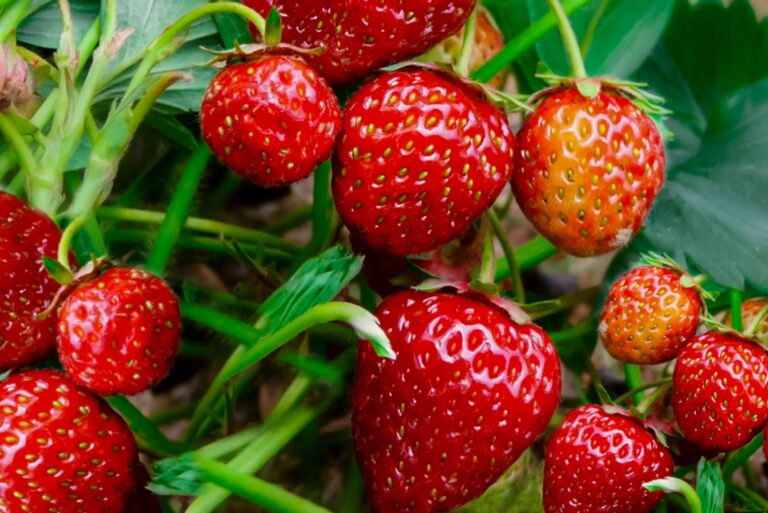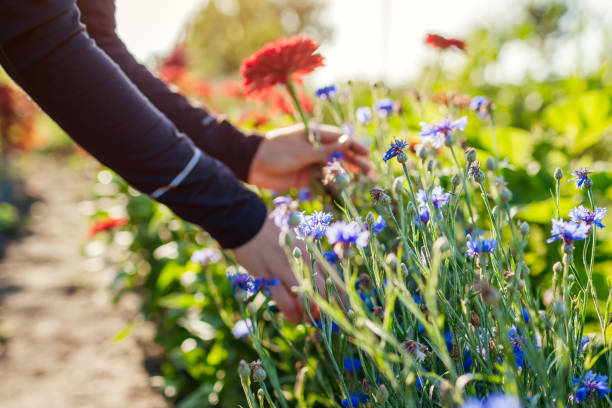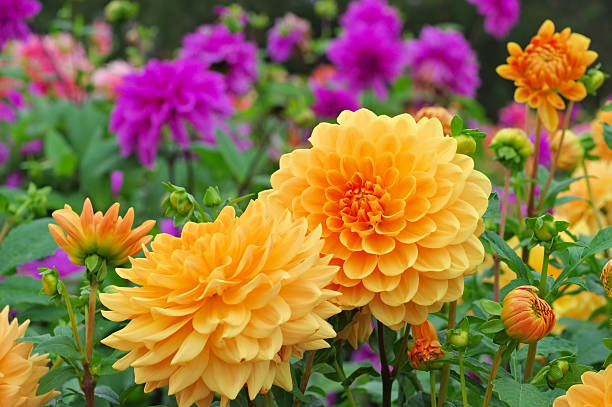6 Easy Ways to Prepare Your Garden for Winter
Have you ever looked out at your garden when the temperatures start dropping and felt a little sad? I know I have. Watching the flowers fade and the leaves fall can feel a bit bittersweet. But getting your garden ready for winter doesn’t have to be all about saying goodbye—it can also be about getting ready for a fresh start in the spring. Here are six simple tips to help you prepare your garden for winter while feeling good about taking care of your plants.

1. Clean Up Dead Plants, But Leave Some for Wildlife
The first thing to do is clear out any dead or dying plants. This helps stop diseases from spreading and keeps your garden looking tidy. But here’s something I’ve learned: you don’t have to clear everything. Leaving some seed heads and dried stems can provide food and shelter for birds and insects during winter. It’s a way to keep life in your garden, even when the flowers are gone.
My Tip: Leave some sunflowers or coneflowers standing. Birds love to eat the seeds, and it keeps the garden feeling alive, even in the cold.
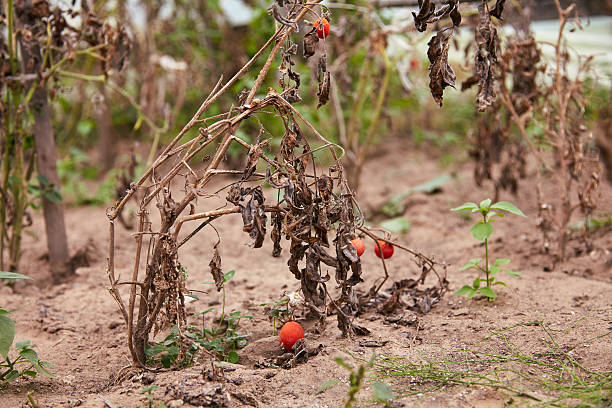
2. Mulch, Mulch, Mulch
Mulching always makes me feel like I’m tucking my garden into bed for the winter. Adding a layer of mulch around your plants helps protect their roots from the cold and keeps the soil from drying out too much. It’s like giving your plants a warm blanket to help them through the winter.
My Tip: I like to use straw or shredded leaves as mulch. It’s natural, and I love how it looks—almost like a soft, golden layer covering the garden beds.
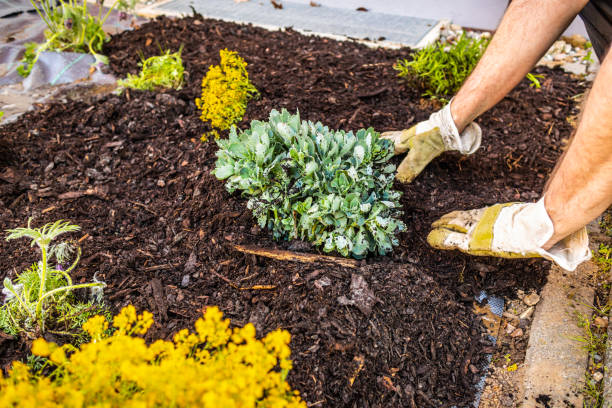
3. Protect Your Perennials
Perennials are the plants that come back every year, but they need a little help to survive the winter. After the first frost, cut back the dead parts of your perennials and add an extra layer of mulch to protect their roots. Every time I do this, I feel like I’m giving these plants a fighting chance to come back even stronger in the spring.
My Tip: If you have any delicate perennials, try covering them with burlap or an old sheet during really cold nights. It’s like wrapping them in a cozy sweater.
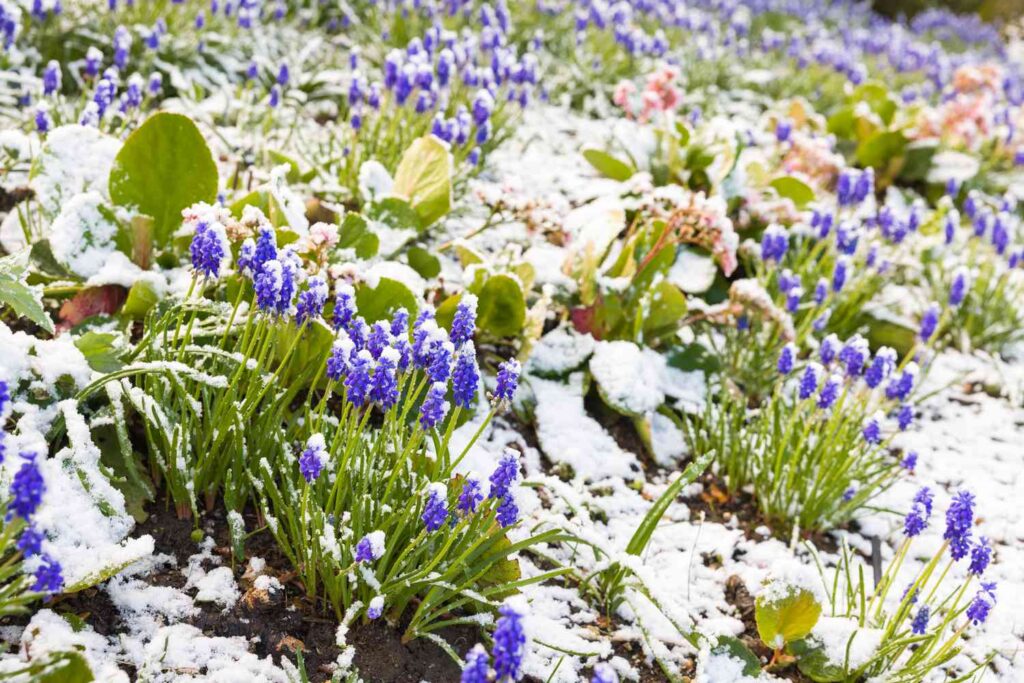
4. Plant Spring Bulbs Now for a Beautiful Surprise Later
One of my favorite things to do in the fall is plant spring bulbs. There’s something magical about digging small holes, dropping in a bulb, and knowing that in spring, you’ll be greeted with colorful flowers. It’s a hopeful act—a promise to yourself that warmer days are coming.
My Tip: Daffodils are my favorite. They’re easy to plant, and every spring, they bring a burst of yellow that brightens even the grayest day.

5. Bring Tender Plants Indoors
If you have any plants that can’t handle the cold—like potted herbs or certain flowers—bring them indoors before the frost hits. I’ve kept some of my herbs alive for years just by moving them to a sunny windowsill during winter. It’s a small thing, but it keeps some greenery in the house when everything outside is turning brown.
My Tip: Basil is one of my favorites to bring inside. It doesn’t always thrive, but having that fresh scent in the kitchen makes it worth the effort.

6. Drain and Store Garden Hoses
This is a practical tip, but it’s important. Make sure to drain your garden hoses and store them for the winter. Frozen water can cause hoses to crack, and no one likes dealing with leaks in the spring. I always feel a little sad when I coil up the hoses—it feels like the garden is officially closed for the season.
My Tip: Coil the hoses neatly and store them in a garage or shed. It’ll make things easier when you’re ready to start watering again next year.
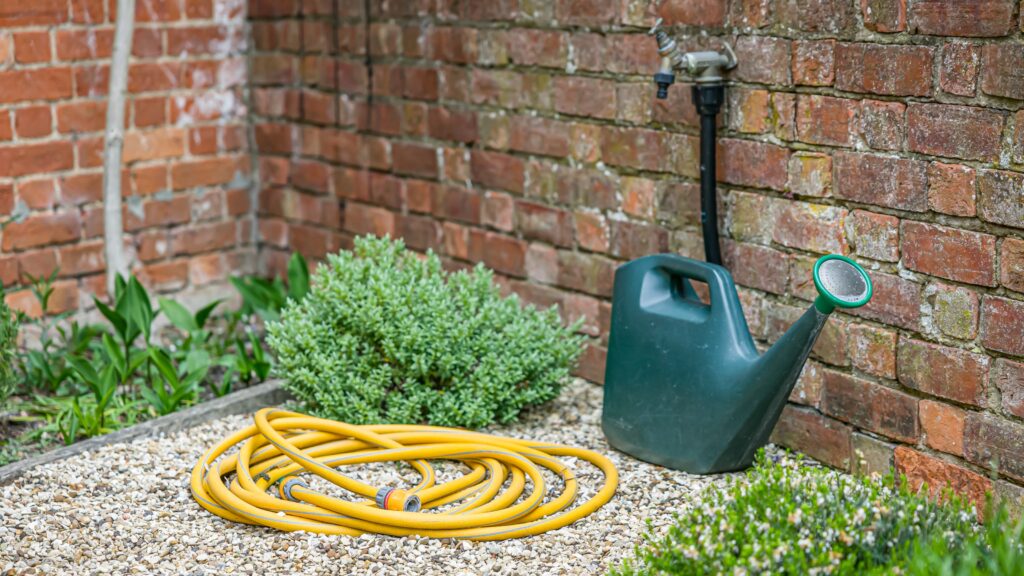
Final Thoughts
Getting your garden ready for winter can feel like saying goodbye, but it’s also about looking ahead. You’re not just cleaning up—you’re setting the stage for new growth and beautiful blooms when the weather warms up again. With these simple steps, you can help your garden rest and be ready for the next season. Which one of these tips will you try first to prepare your garden for winter?
